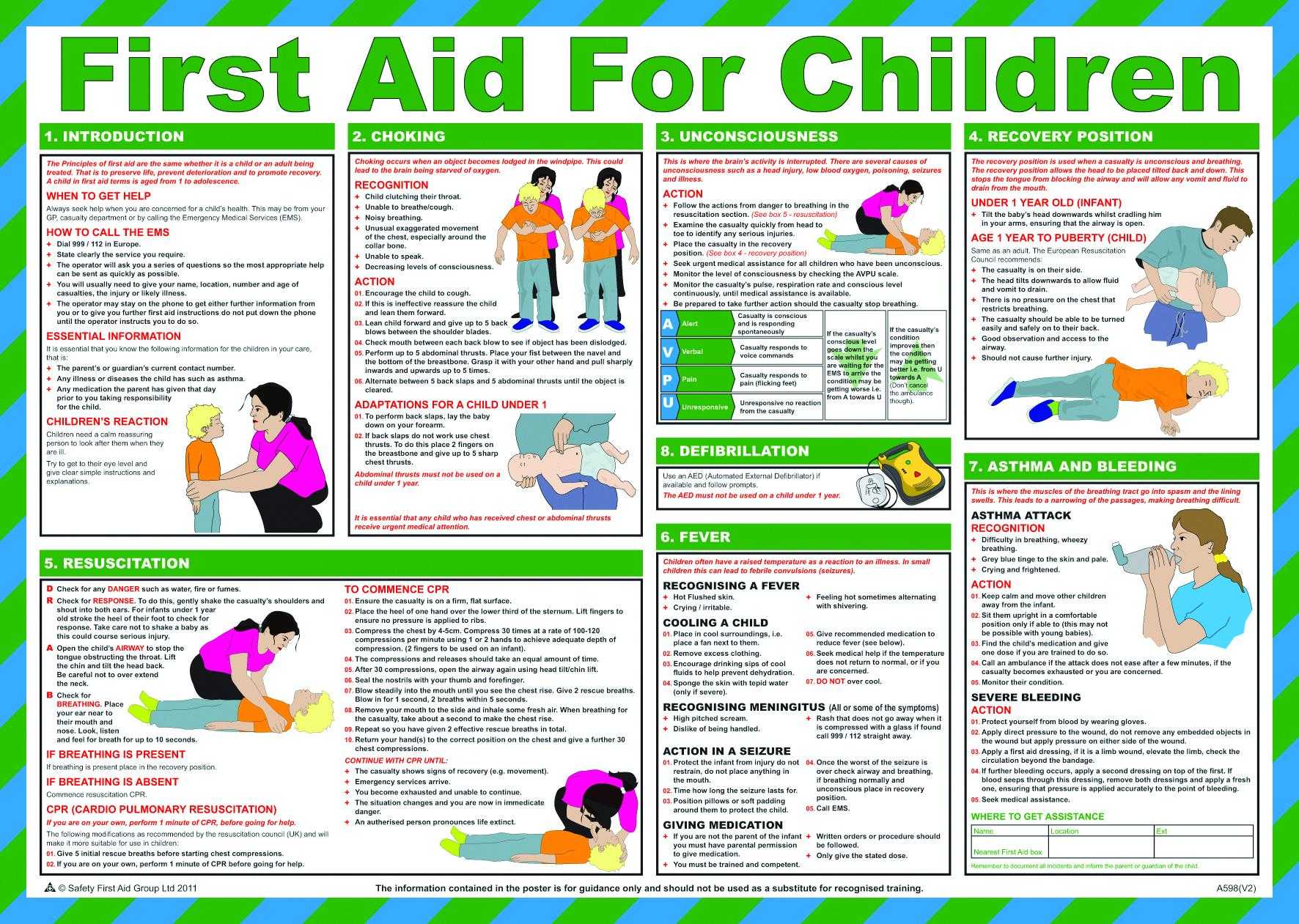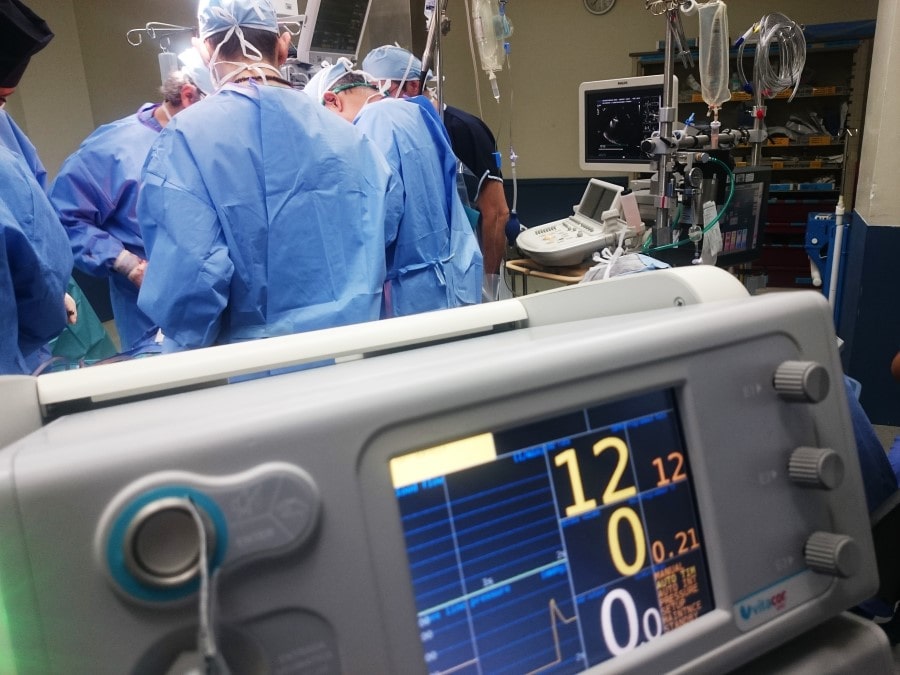Knowing how to care for the children if you work with them or if you have them at home is essential. Children are always prone to injuries that need attention. You need to be able to know what to do in case of certain injuries or illnesses. This means that you should be able to perform CPR on children and be able to take care of them just in case they become victims of injuries or even certain illnesses. If you don’t already know CPR, the good news is that you can get CPR Certified Online. You can even get First Aid Training online as well. Being trained in these two areas may help save a life.
The First Aid Skills You Should Know:
It has been reported that over 12,000 kids every year die from injuries such as drowning, poisoning, falls, burns, and incidents that arise from road traffic that are all preventable. A lot of overlap exists in the CPR and the first aid skills both for children and the adults. However, you should focus on a few skills and techniques that you should possess when providing care to the children.
The Heimlich Maneuver
Both adults and children can chock on food at times. However young children are constantly putting things into their mouth thus increasing the risk of choking from some of them. In such situation, you can perform Heimlich maneuver on the child do dislodging whatever they are chocking on. In this process, you put a sudden pressure between the rib-cage and navel on the abdomen.
Rarely do kids require CPR but in the case where the child has a heart problem or even a chronic illness or even when a kid is drowning. You serve the role of a lifeguard if you are working with the kids in an aquatic environment or when you are working with the kids that have special needs which increase the chances of being vulnerable to cardiac arrest or other chronic illnesses. This makes it very relevant to possess CPR skills.
There exists a slight difference between the CPR for kids and that for the adults. In addition to CPR, studies indicate that kids do well with rescue breaths since their chests are shallower thus they require a shallower compression than that of the adults. When studying CPR, make sure that you take the training components available that focus on CPR for children. The training is worth considering if you spend time with the children mostly.
Burn Treatments
Often, children do not hesitate to grab hot pots, or to hold onto something hot in the kitchen. Most of the time, children have been seen to suffer from burns which makes them the most common forms of accidents among the children. When taking care of the kids, being aware of the first aid measures to take when a child suffers from burns is very essential. This is because, with the possession of such skills, you can be able to take care of the burnt kid until the arrival of the ambulance so that the kid can then be taken to the hospital.
Basic First Aid For Wounds
Children play rough most of the times which exposes them to wounds which at times may not be just scraped. It is relevant to understand the basic first aid skills for wounds in children which involve how to compress the wounds to stop bleeding, treat eye wounds, ice a swelling and also to deal with splinters to keep the child stable and also to create enough time for the emergency responders to arrive.
Treating Allergies
Nowadays, allergies are very common incidences both in adults and the children. Some children are severely allergic to some form of nuts, bee stings, as well as other things in the environment. It is necessary to be aware of the kind of allergy that the child suffers from. Also, it is necessary to possess the skills that can help you manage allergy in a child. Being aware of allergic reactions and how to handle the anaphylaxis as well as other life-threatening forms of allergy is very essential.
Treating Broken Bones And Sprains
Kids can break their bones in accidental incidences or even other traumatic events. Being aware of what to do to keep the child stable is very relevant since it creates enough time for the ambulance to arrive. Such skills can be acquired when one takes the CPR courses online or even being admitted to an institution that offers the same.
Asthma Care
There exist many kids who suffer from asthma, and it is not a wonder for kids to suffer from asthmatic episodes especially when the children do activities that strain their bodies or even in the event of stress. Acquiring skills to recognize when the kid is under asthmatic stress and how to manage it are essential.
Check our CPR Courses & First Aid Courses
Adult-Child-Infant CPR/AED & First Aid Training
Adult CPR/AED & Standard First Aid Training
Adult-Child-Infant CPR/AED Training
Online Adult, Child, Infant CPR Classes & First Aid Training
Online First Aid Course & Certification
Online First Aid Course Canada
Check out our other CPR & First Aid Related Articles:
INFANT CPR CERTIFICATION & ITS IMPORTANCE
THE IMPORTANCE OF TAKING BLS TRAINING
WHAT IS THE DIFFERENCE BETWEEN CPR AND AED TRAINING?
WHEN TO USE A MANUAL OR AUTOMATIC EXTERNAL DEFIBRILLATOR
10 THINGS YOU DIDN’T KNOW ABOUT CPR
THE AMERICAN HEART ASSOCIATION OR RED CROSS: WHICH IS
CPR CERTIFICATION : DO I HAVE TO GIVE CPR OR FIRST AID?
4 WAYS TO PREPARE BEFORE YOU LEARN HOW TO GET A FIRST AID
3 REASONS YOU NEED BLS TRAINING


